Caspar David Friedrich
The Sublime
1807–1840
Caspar David Friedrich (5 September 1774 – 7 May 1840) was a 19th-century German Romantic landscape painter, generally considered the most important German artist of his generation. He is best known for his mid-period allegorical landscapes which typically feature contemplative figures silhouetted against night skies, morning mists, barren trees or Gothic ruins. His primary interest was the contemplation of nature, and his often symbolic and anti-classical work seeks to convey a subjective, emotional response to the natural world. Friedrich’s paintings characteristically set a human presence in diminished perspective amid expansive landscapes, reducing the figures to a scale that, according to the art historian Christopher John Murray, directs “the viewer’s gaze towards their metaphysical dimension”.
The visualisation and portrayal of landscape in an entirely new manner was Friedrich’s key innovation. He sought not just to explore the blissful enjoyment of a beautiful view, as in the classic conception, but rather to examine an instant of sublimity, a reunion with the spiritual self through the contemplation of nature. Friedrich was instrumental in transforming landscape in art from a backdrop subordinated to human drama to a self-contained emotive subject. Friedrich’s paintings commonly employed the Rückenfigur—a person seen from behind, contemplating the view. The viewer is encouraged to place himself in the position of the Rückenfigur, by which means he experiences the sublime potential of nature, understanding that the scene is as perceived and idealised by a human. Friedrich created the notion of a landscape full of romantic feeling—die romantische Stimmungslandschaft. His art details a wide range of geographical features, such as rock coasts, forests, and mountain scenes. He often used the landscape to express religious themes. During his time, most of the best-known paintings were viewed as expressions of a religious mysticism.
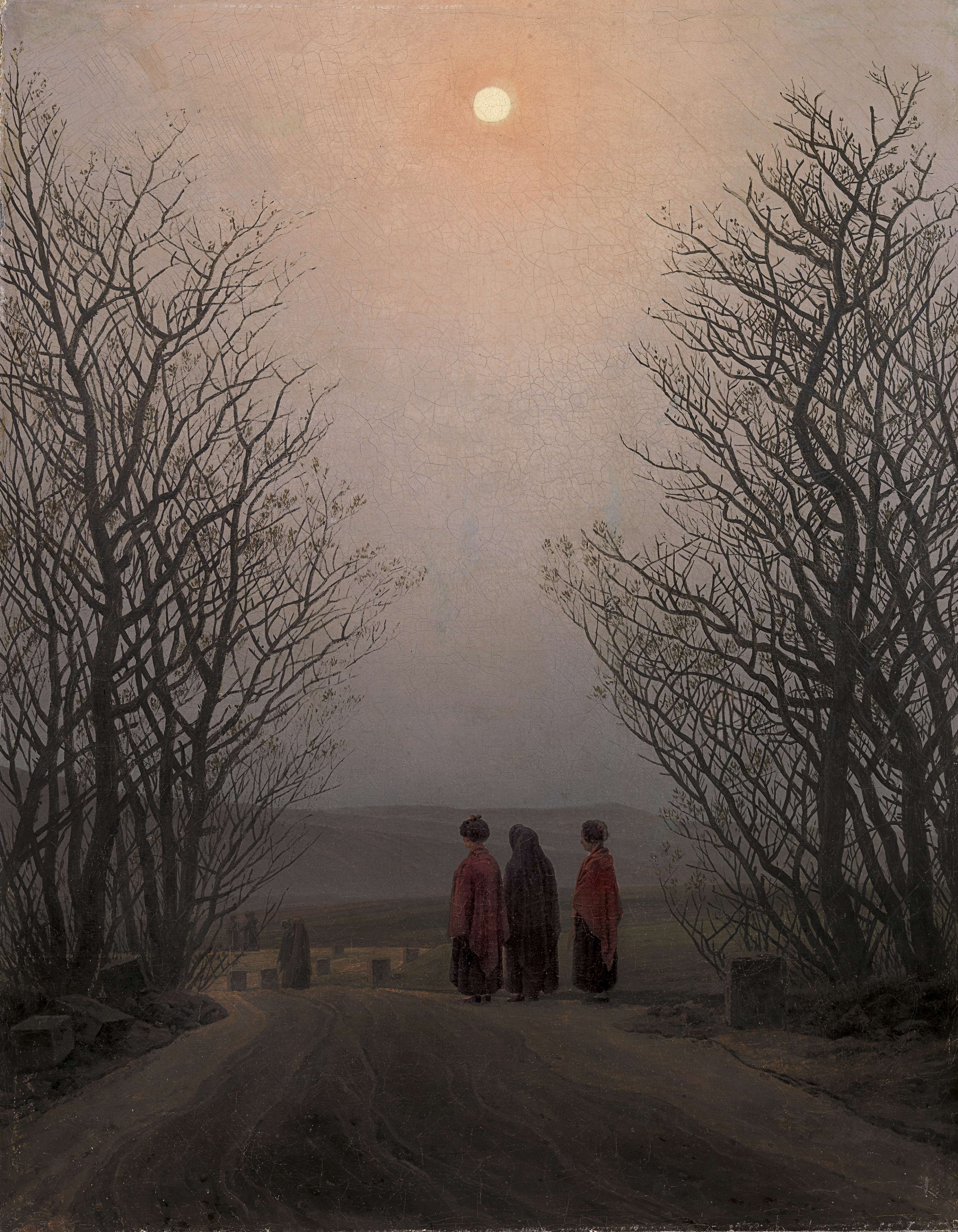

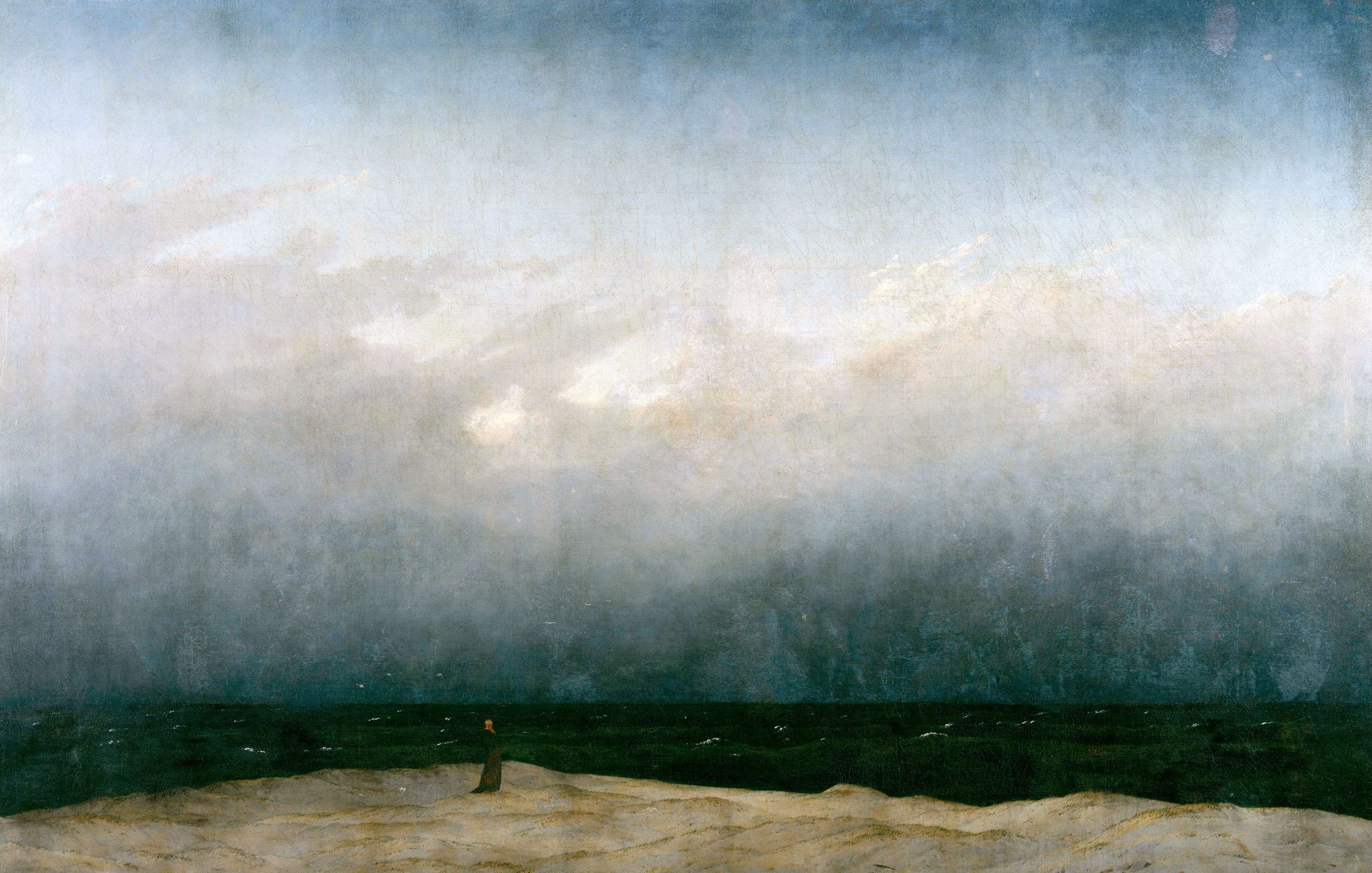
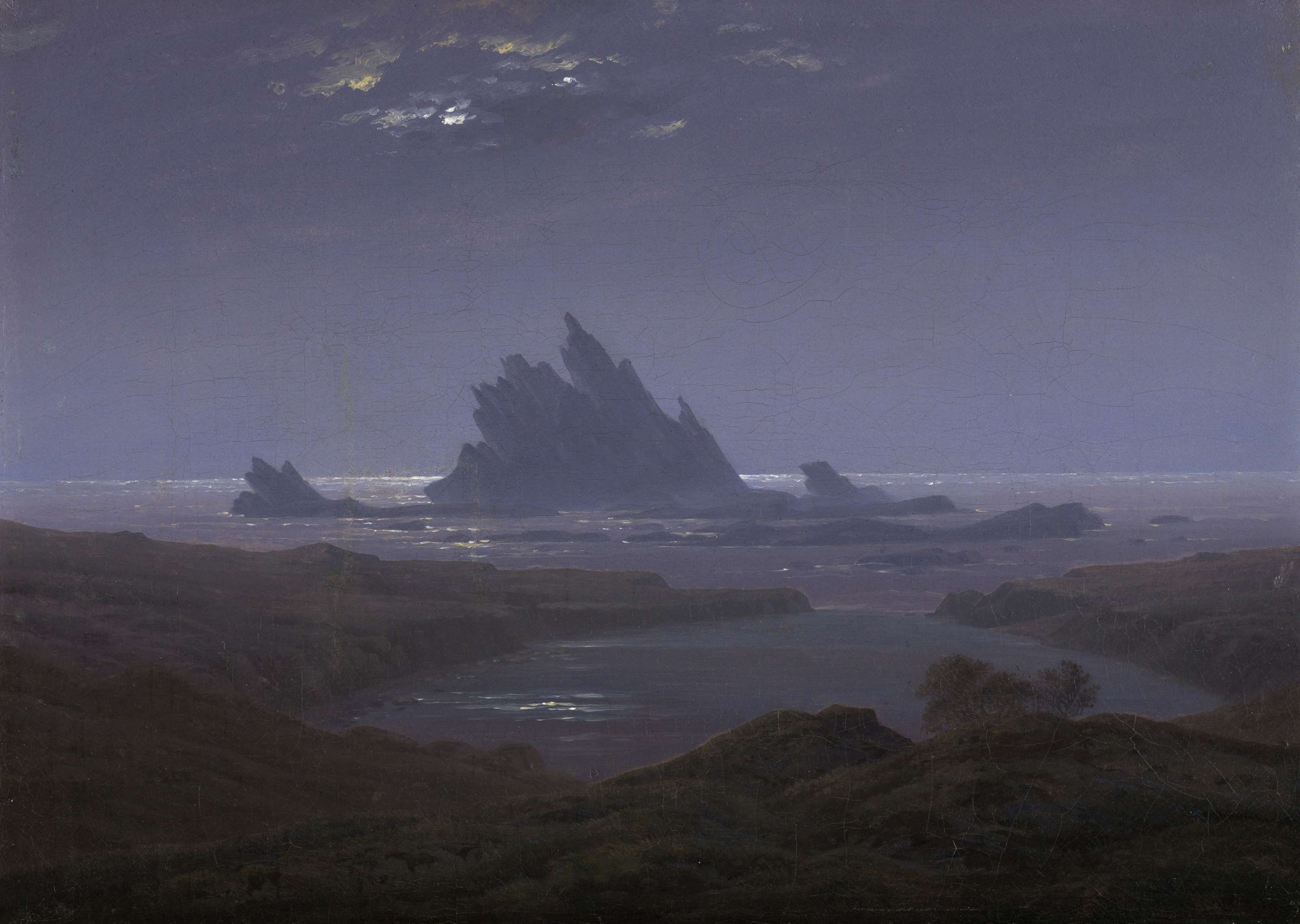
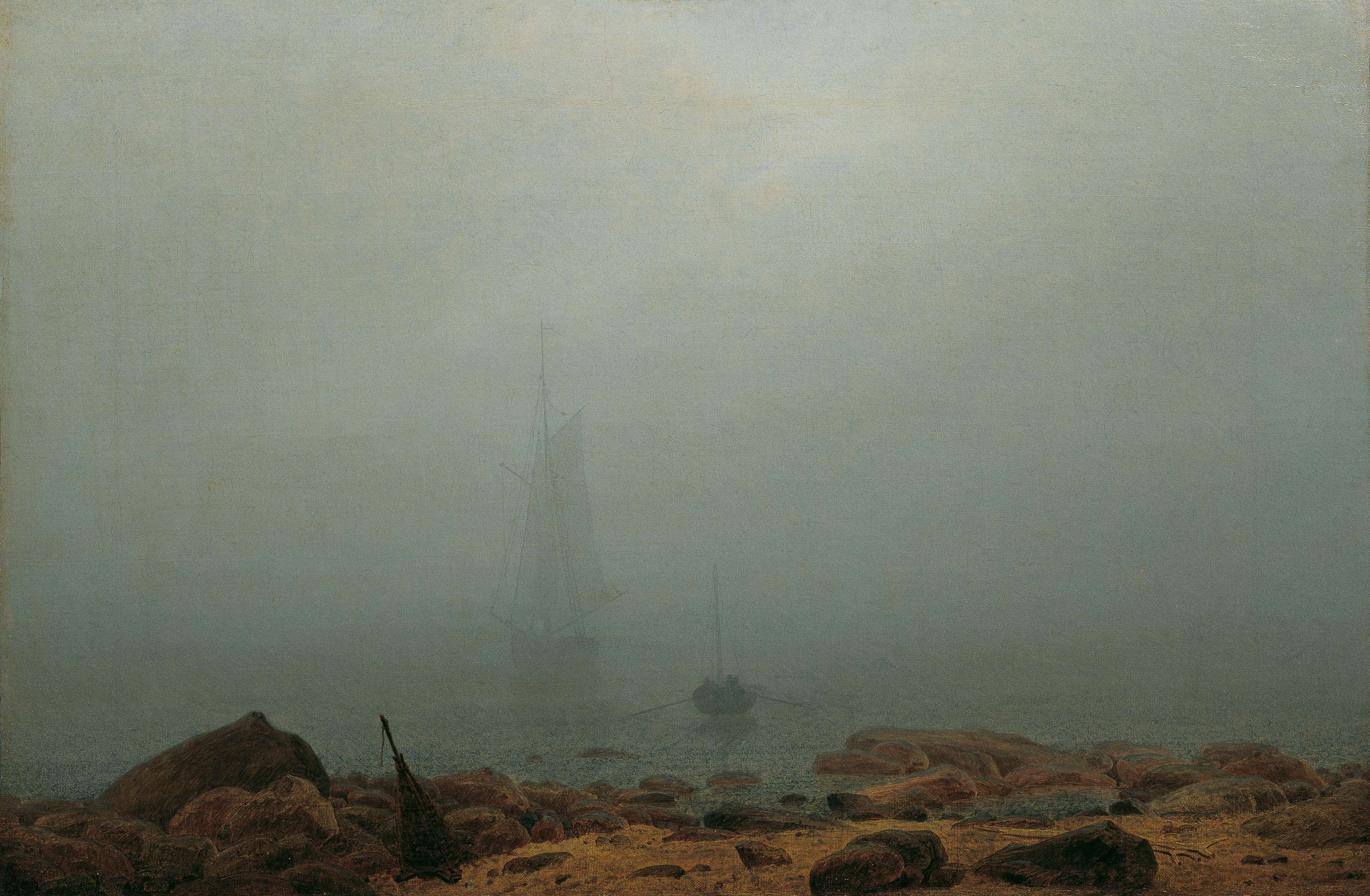
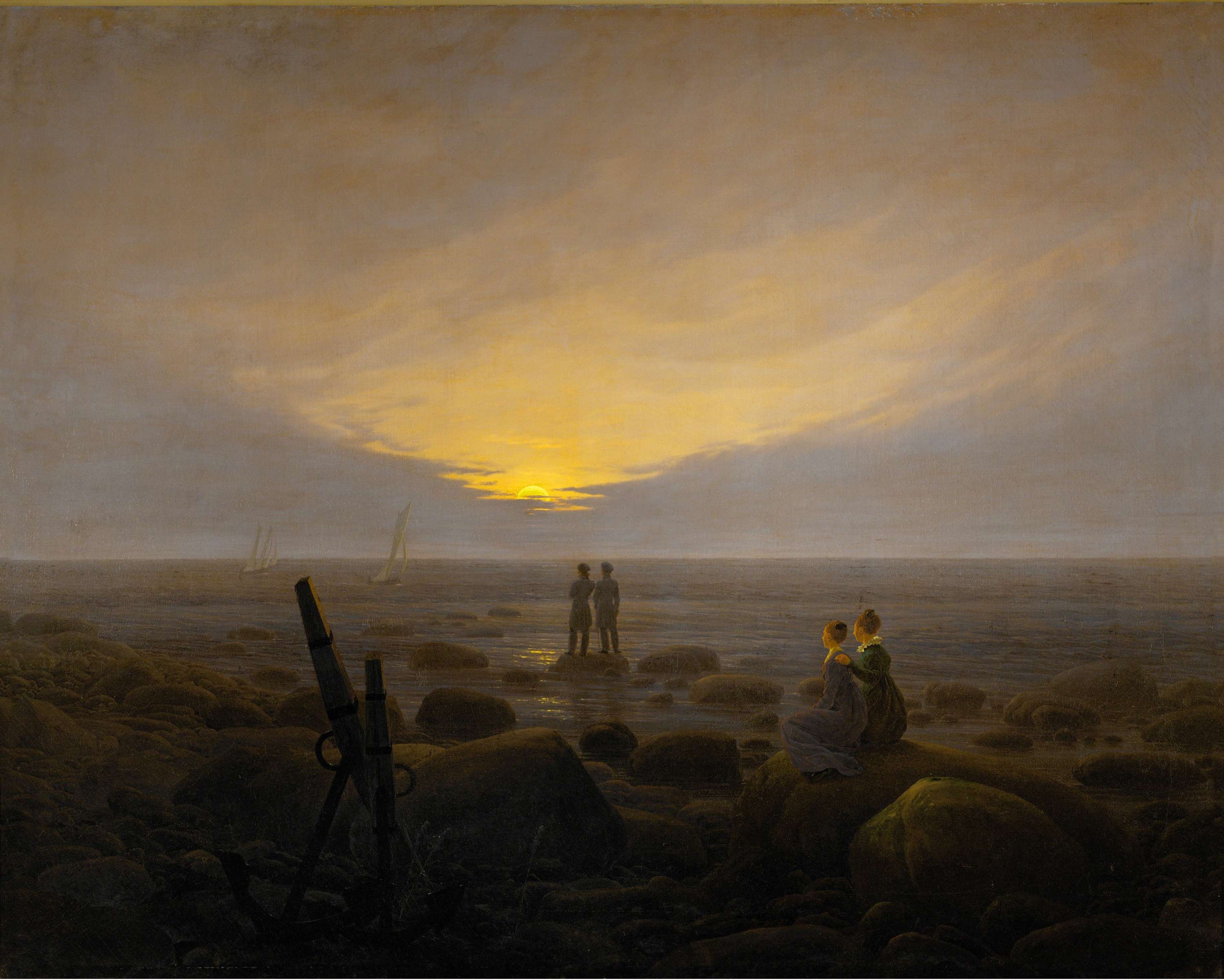
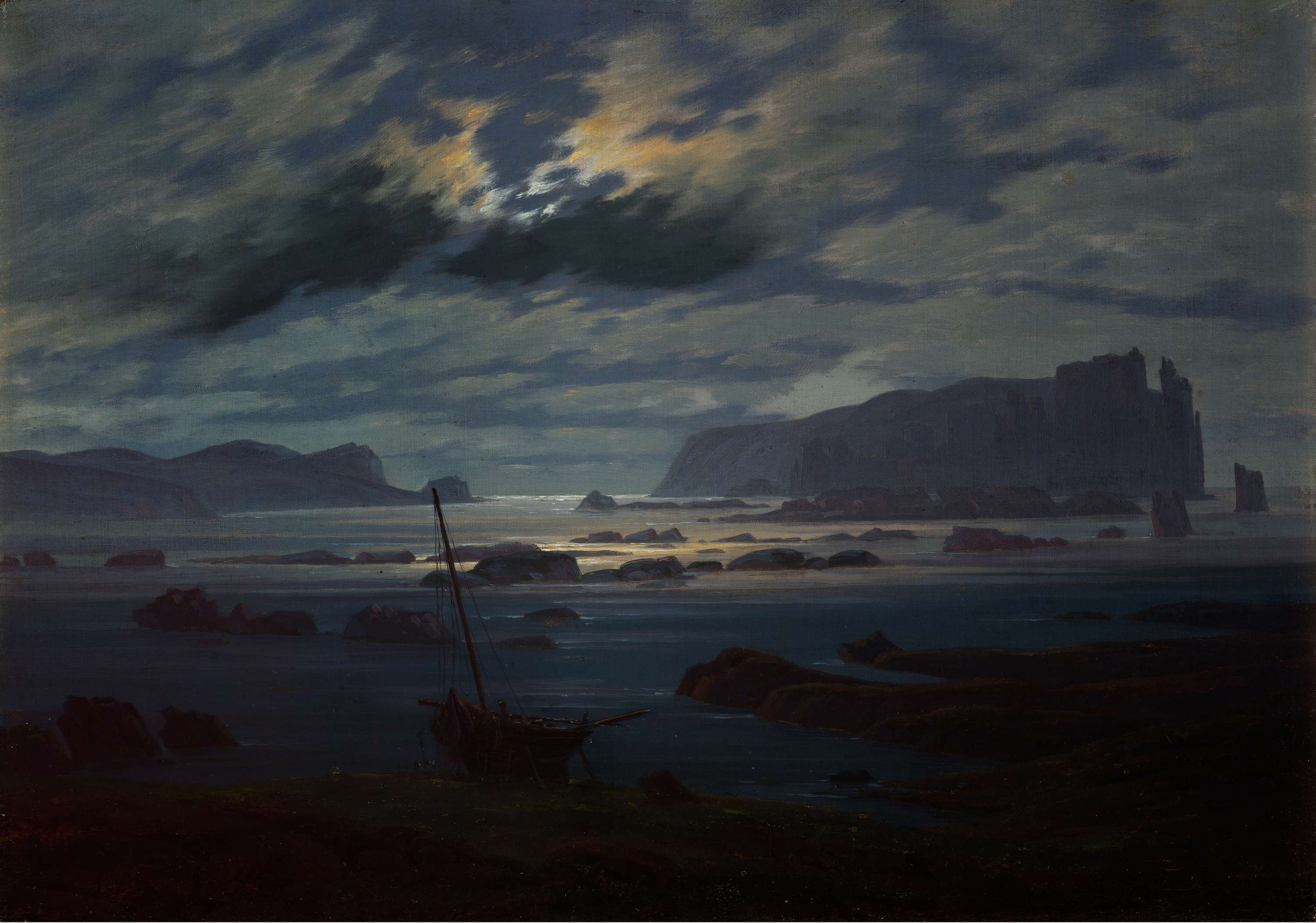
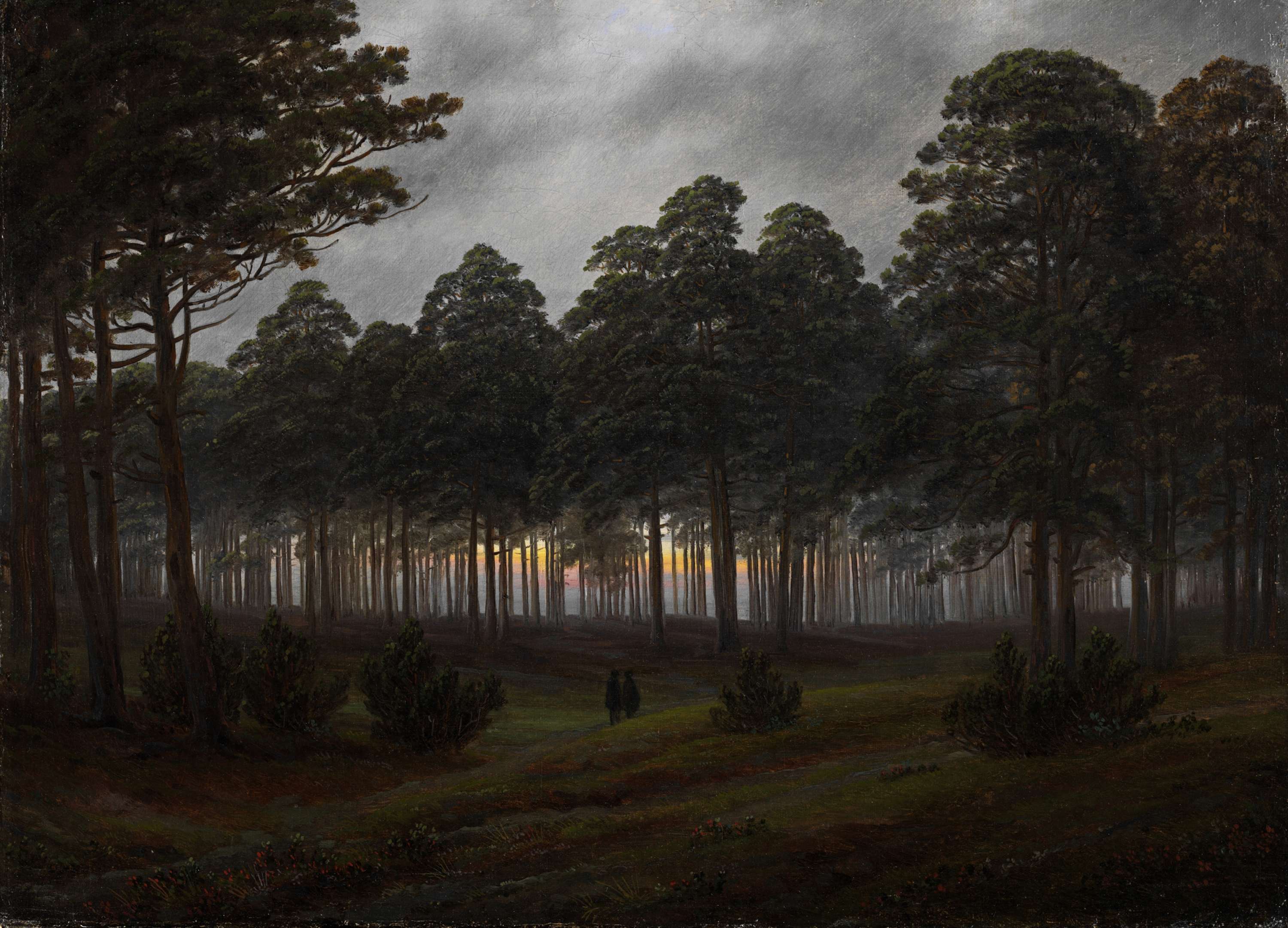
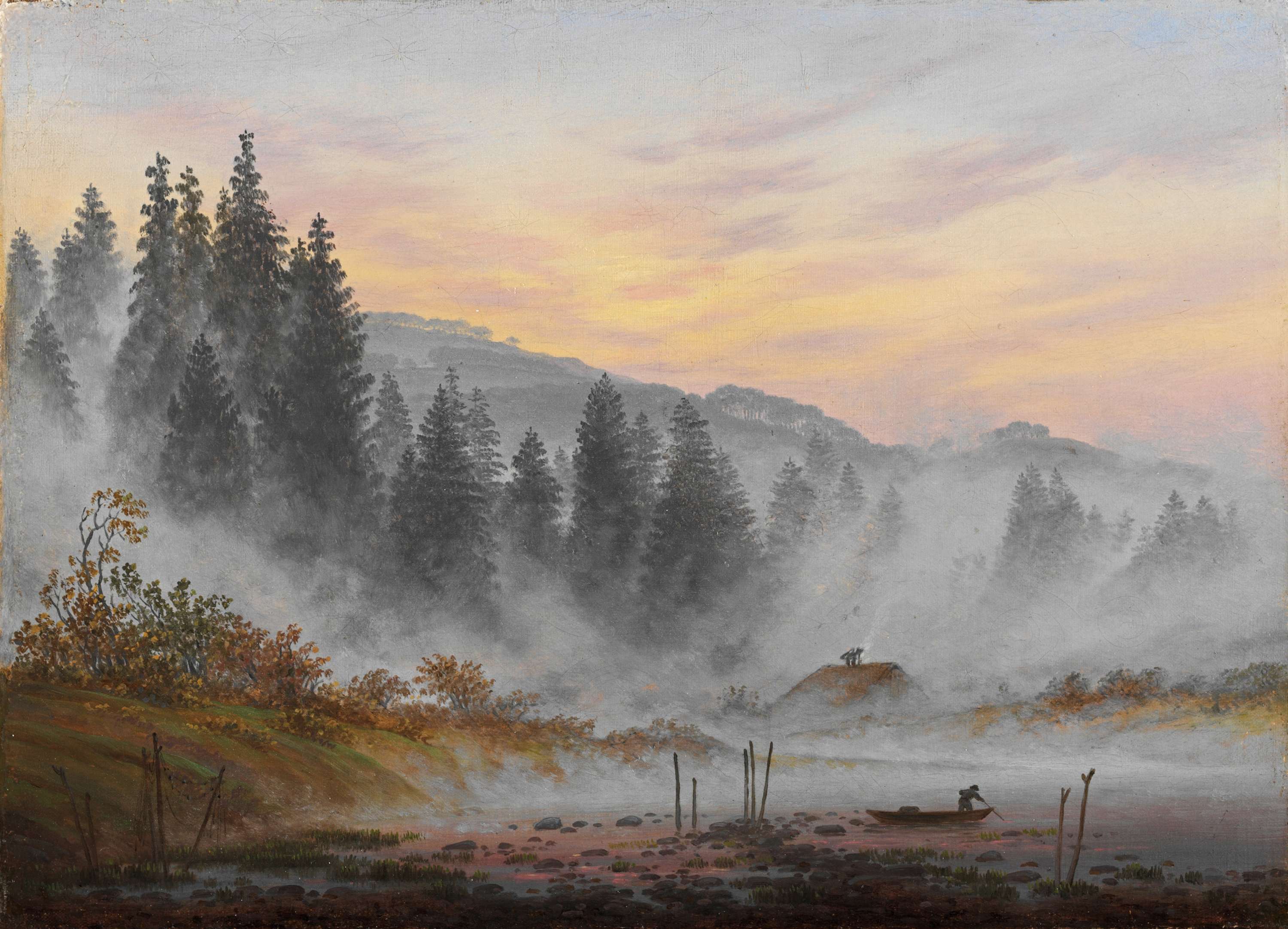
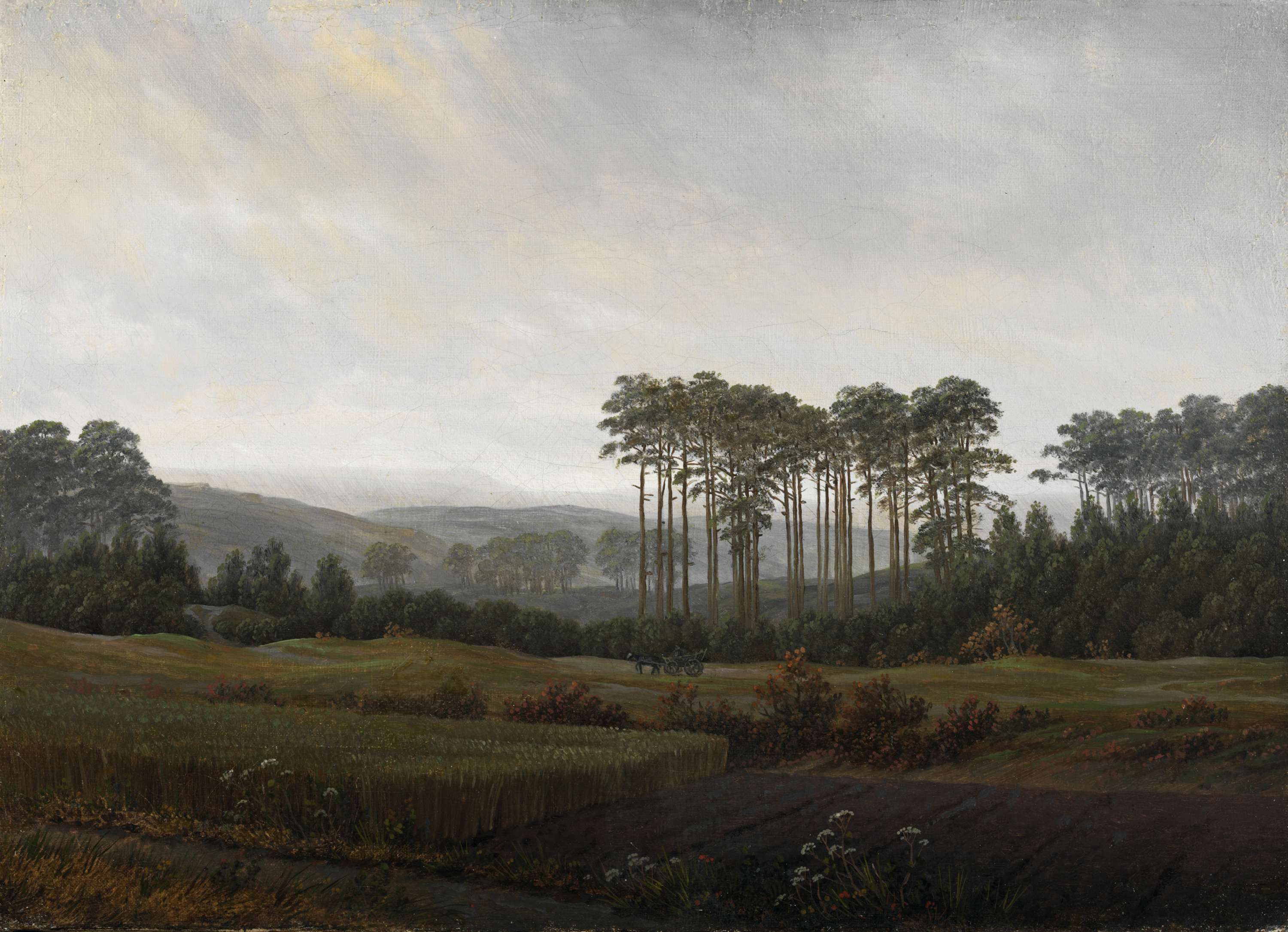
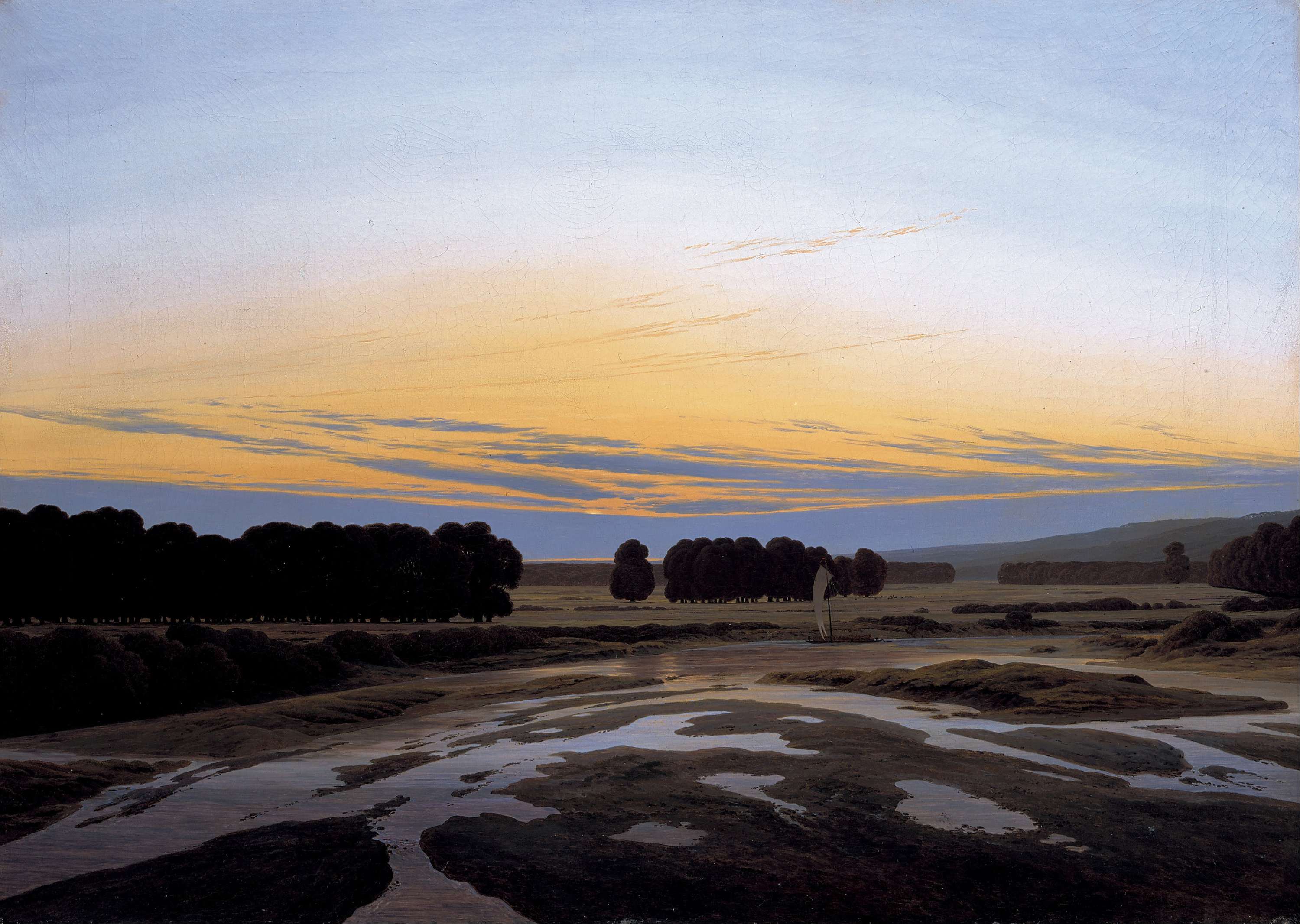
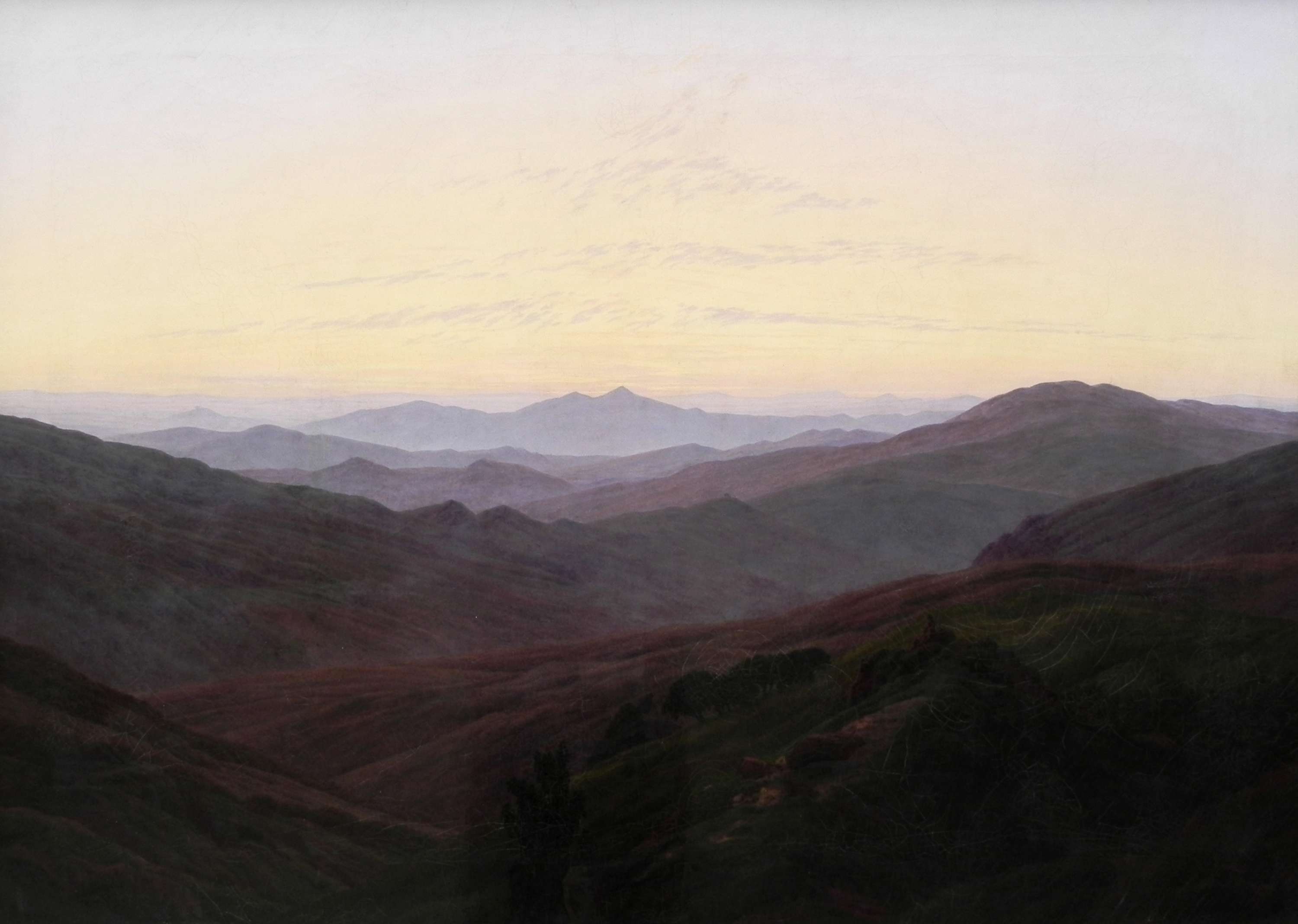
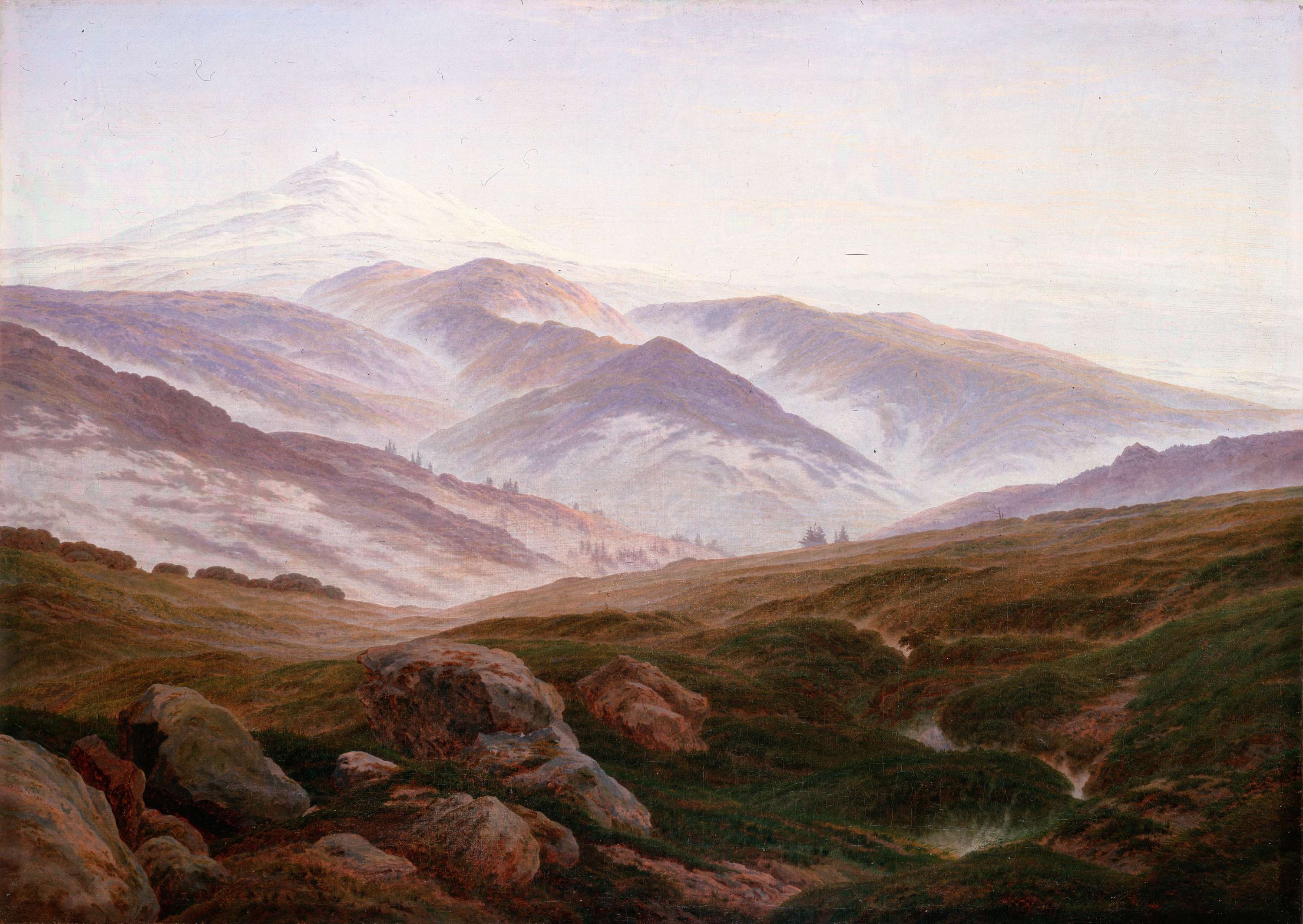
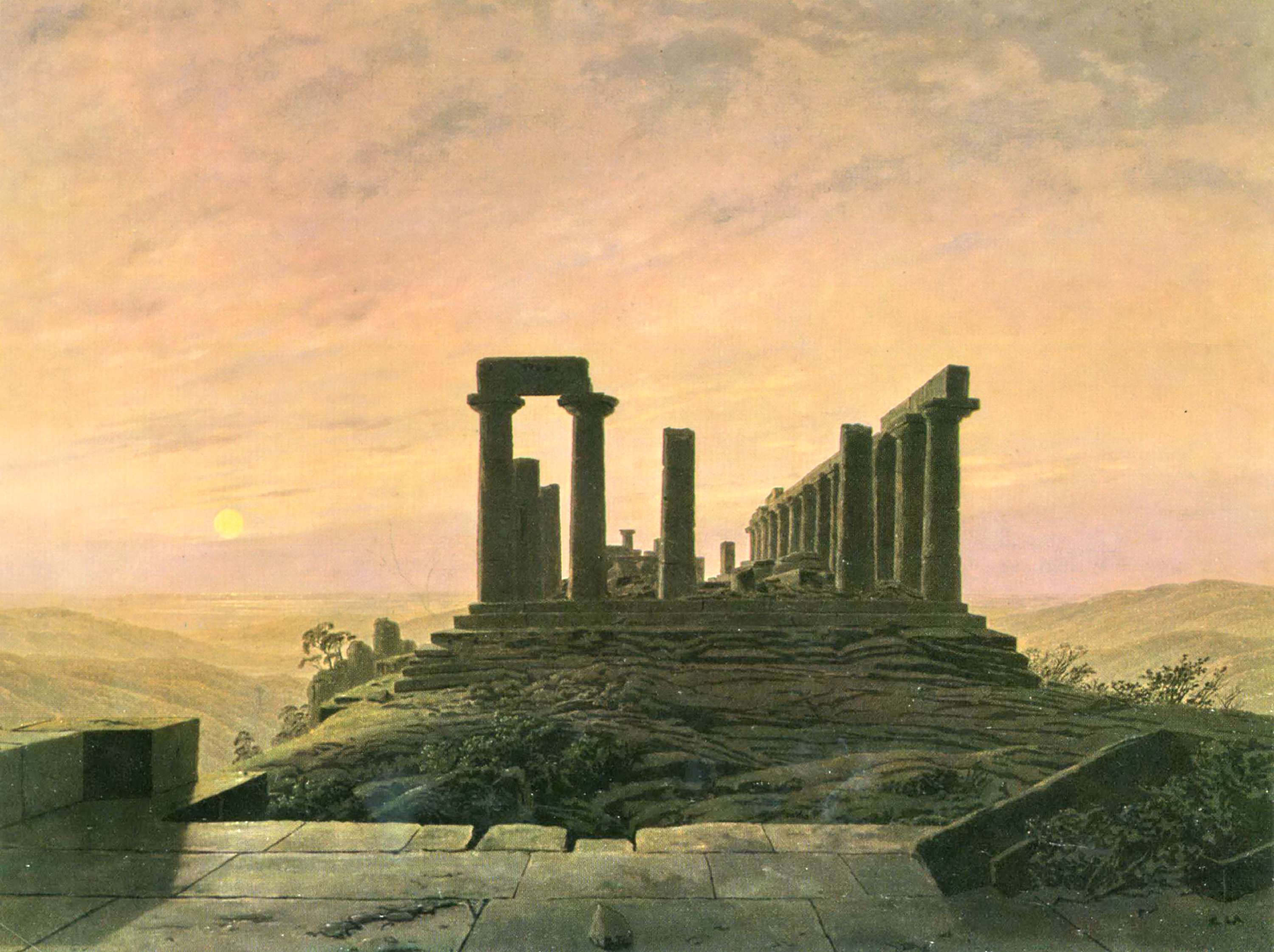
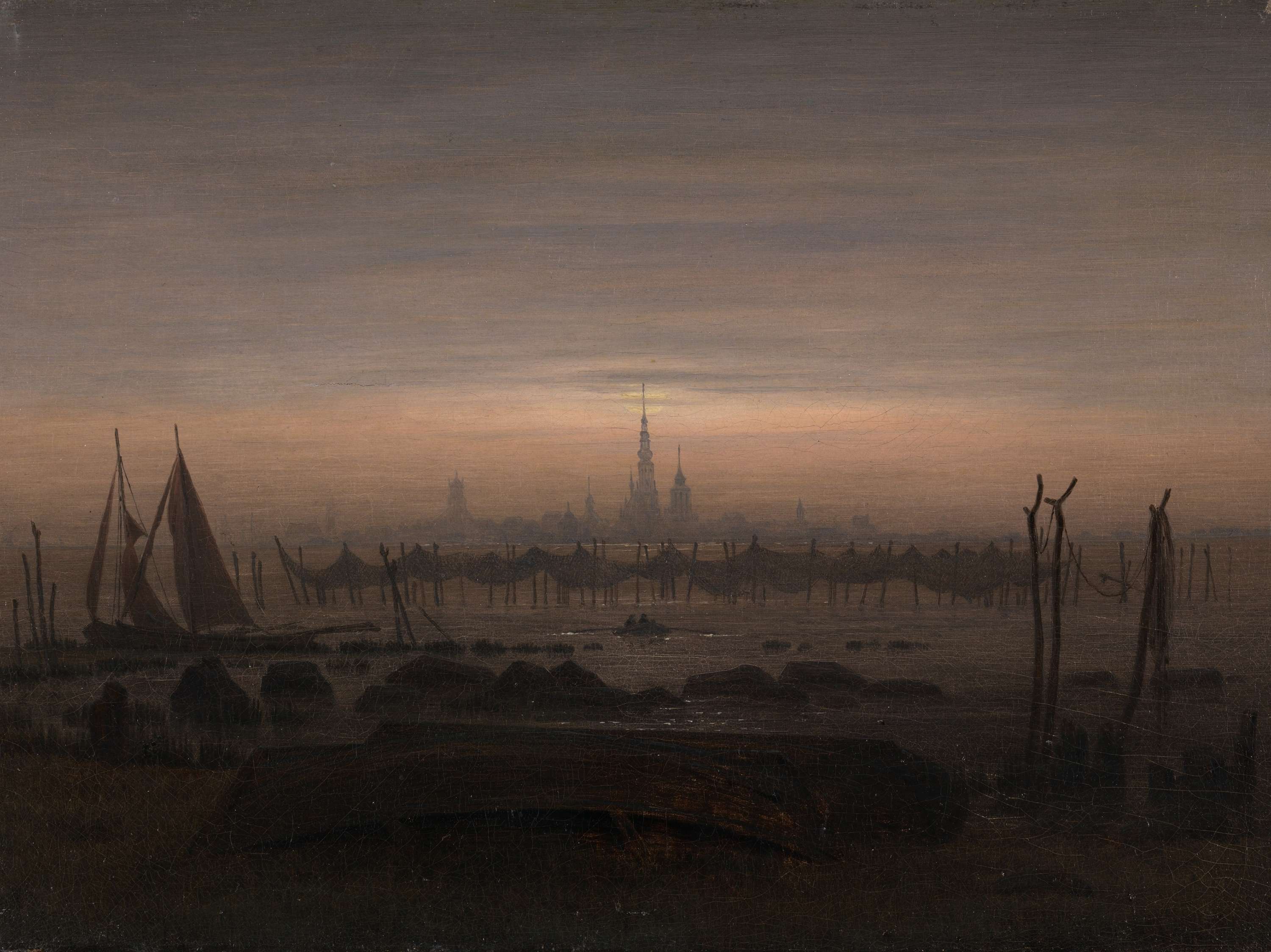
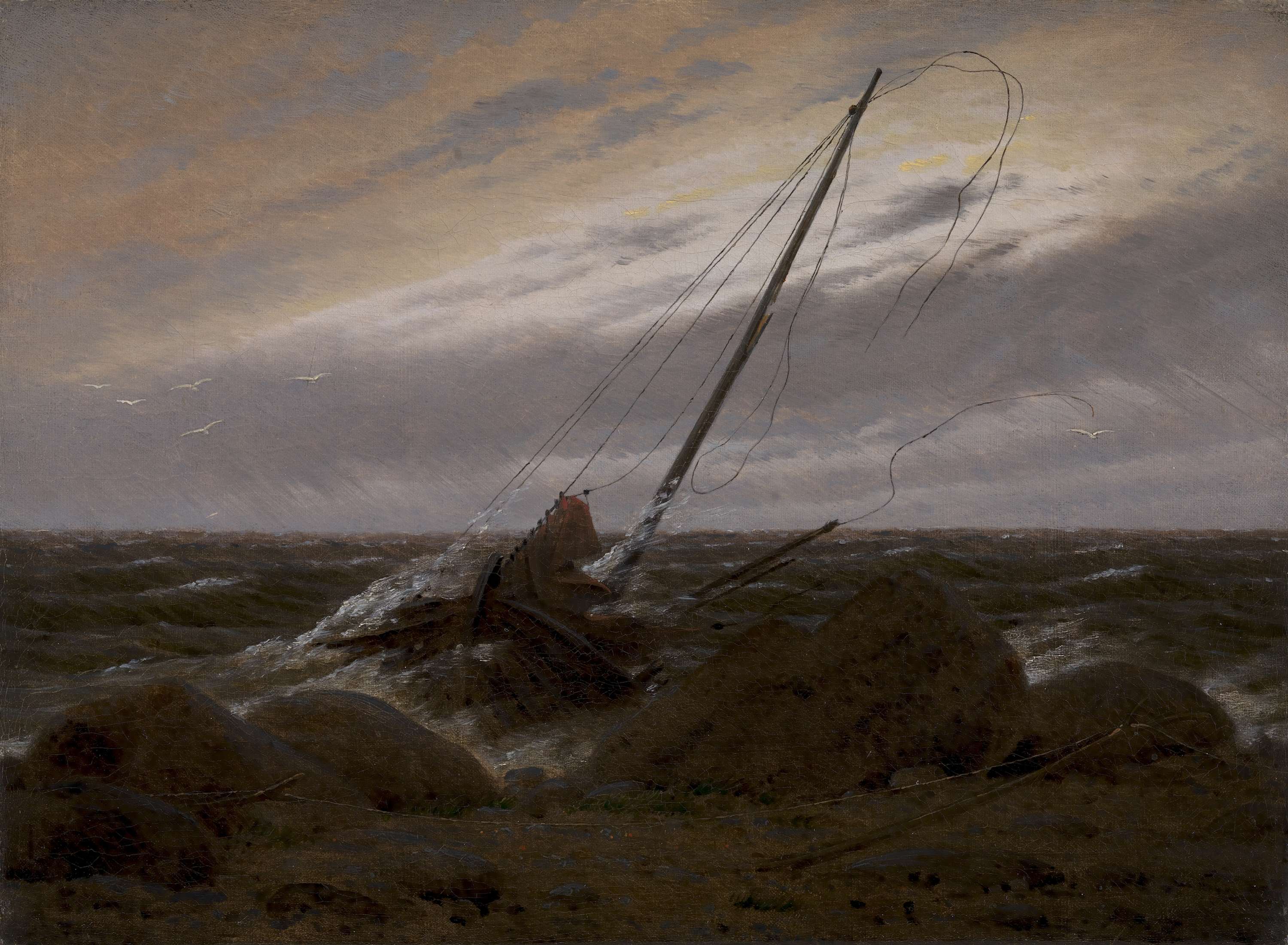
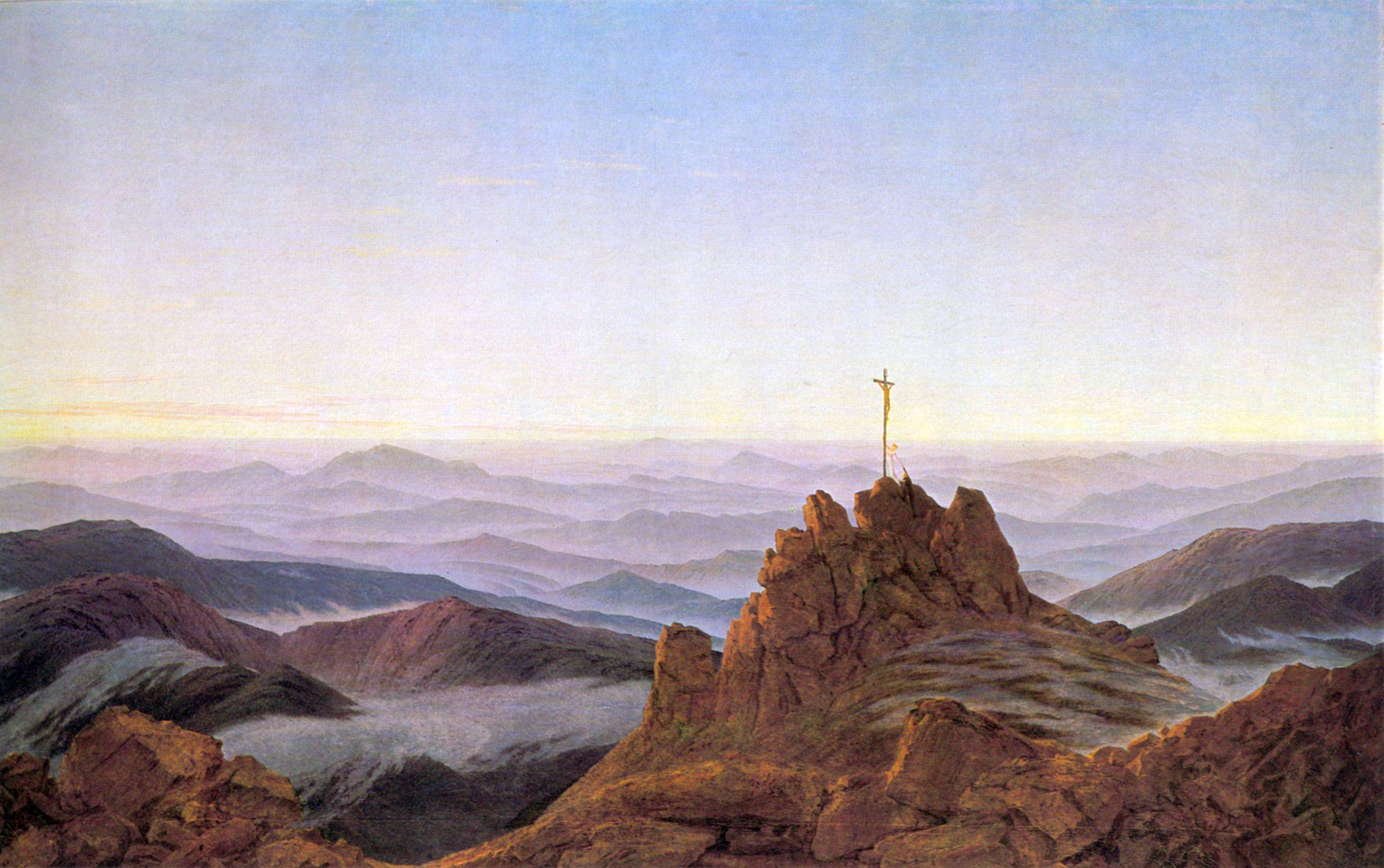

Lieu: Germany
Mouvement: Romantisme allemand
Text: Wikipedia
Publié: Mars 2020
Catégorie: Peinture
Source